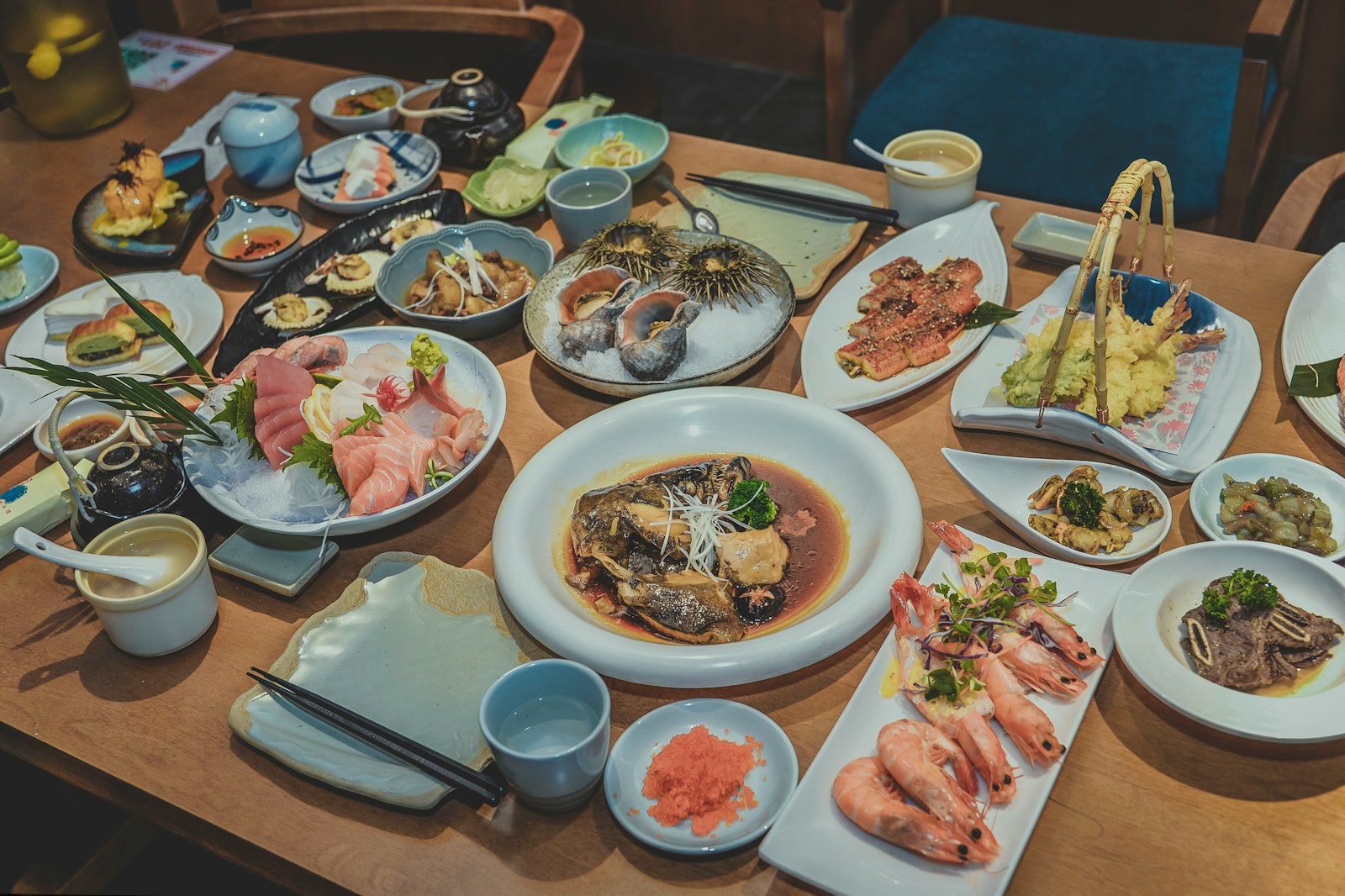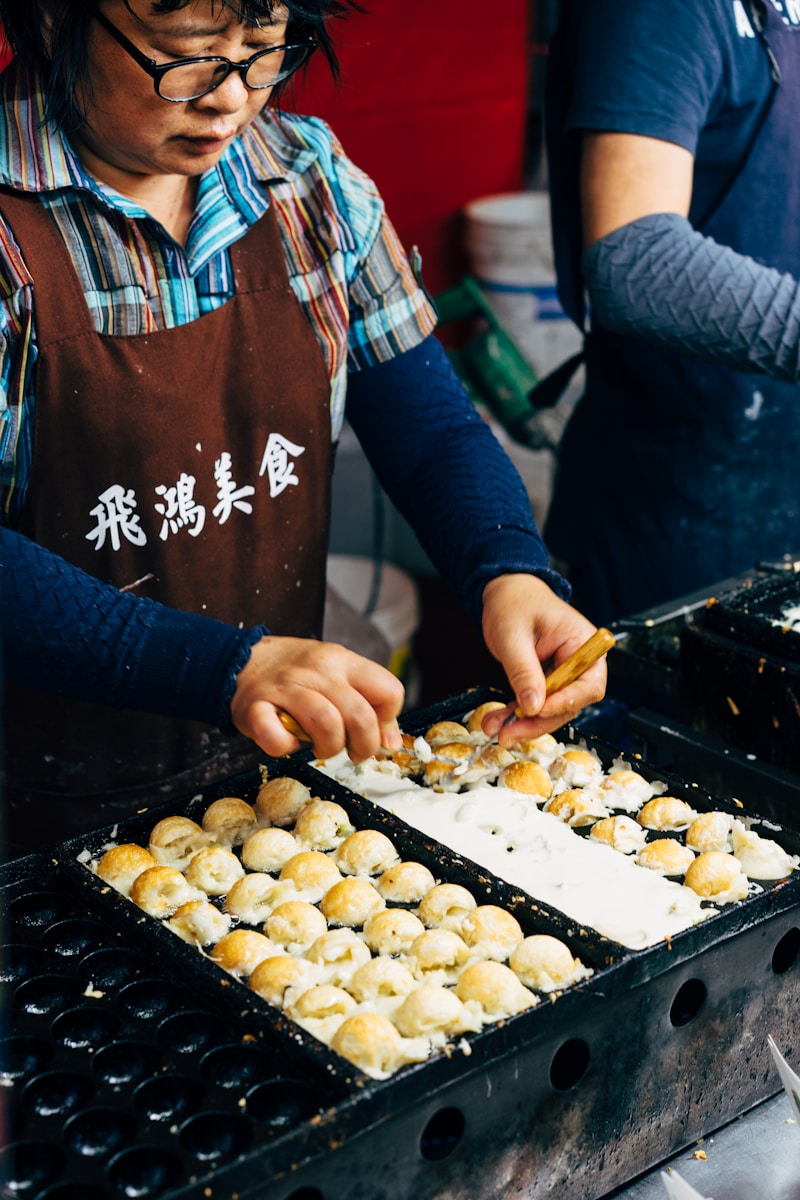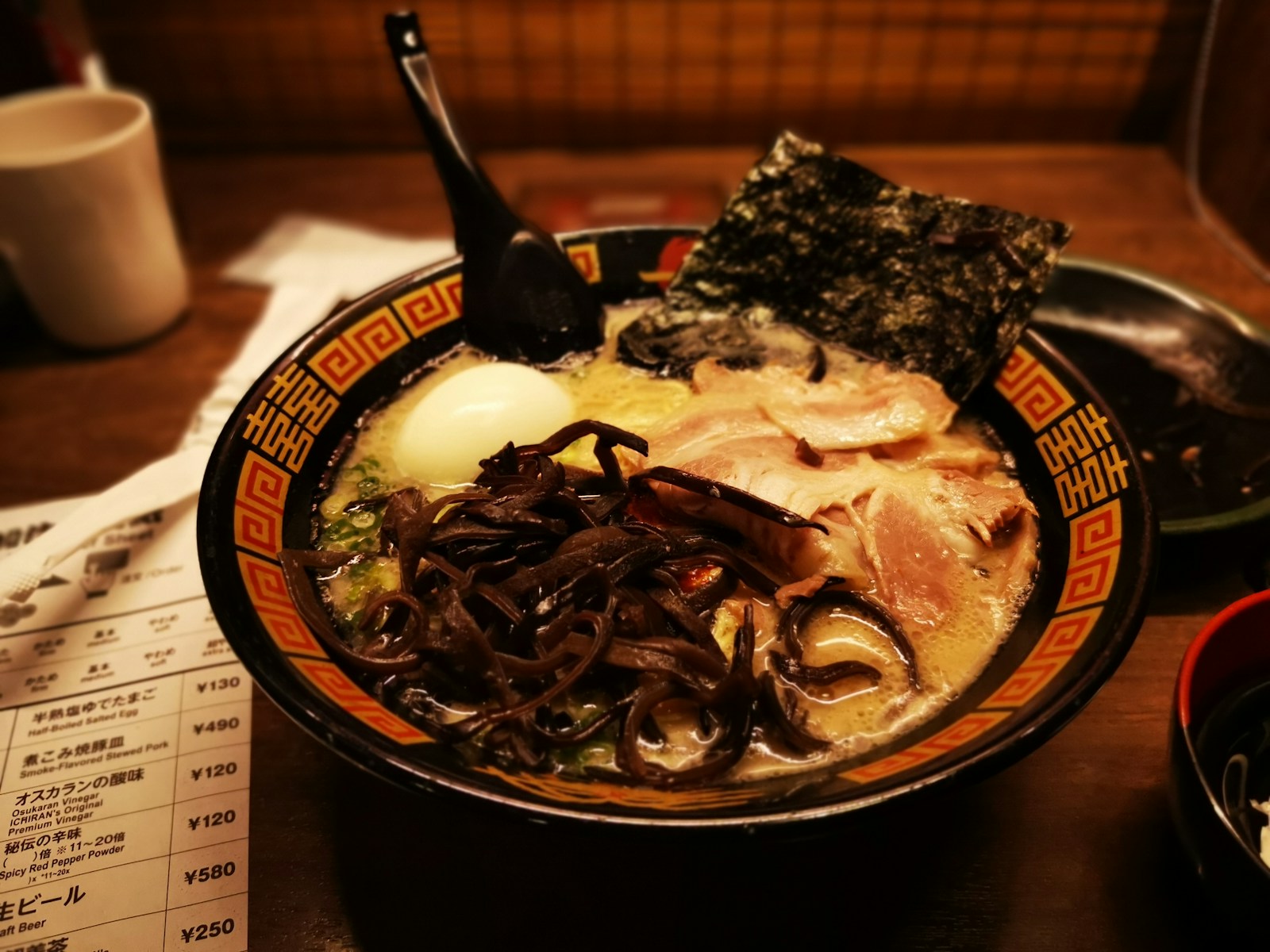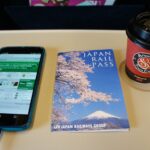Discover Japan's Regional Specialties: A Scholarly Exploration of Gastronomic Heritage and Regional Identity
- An Analytical Perspective on Japan’s Culinary Regionalism
- The Imperative of Examining Regional Specialties in Japan
- ✅ Gastronomic Authenticity: Each dish encapsulates a specific historical and regional context.
- ✅ Unique Terroir: Ingredients are inextricably linked to geographical and climatic conditions.
- ✅ Seasonality and Ephemeral Quality: The temporal nature of ingredients defines culinary cycles.
- ✅ Socio-Cultural Integration: The act of dining extends beyond consumption to ritual, symbolism, and communal identity.
- ✅ A Culinary Cartography: The study of regional specialties provides insight into Japan’s historical trade routes, migration patterns, and agricultural advancements.
- 🌍 A Geographical Dissection of Japan’s Iconic Regional Specialties
- ✨ Ethnographic and Historical Narratives Encoded in Regional Dishes
- 🏆 Scholarly Reflections on Japan’s Regional Gastronomy
- 🔥 Addressing Key Academic and Practical Inquiries
- 📢 A Call to Scholarly Exploration
An Analytical Perspective on Japan’s Culinary Regionalism
Understanding the Socio-Cultural and Historical Significance of Regional Cuisines
The culinary landscape of Japan presents a complex interplay of geography, climate, historical trade, and local customs, each contributing to the distinctive flavors and ingredients found across the archipelago. Far from being merely a gustatory indulgence, Japan’s regional specialties offer a window into the nation’s cultural identity, historical lineage, and socio-economic evolution.
For connoisseurs, researchers, and cultural anthropologists alike, Japan’s diverse regional specialties serve as an academic field of inquiry as much as a source of gastronomic delight. The consumption of these culinary artifacts embodies an engagement with historical narratives, environmental adaptations, and local foodways that have persisted through centuries of refinement and innovation.
The Imperative of Examining Regional Specialties in Japan
✅ Gastronomic Authenticity: Each dish encapsulates a specific historical and regional context.
✅ Unique Terroir: Ingredients are inextricably linked to geographical and climatic conditions.
✅ Seasonality and Ephemeral Quality: The temporal nature of ingredients defines culinary cycles.
✅ Socio-Cultural Integration: The act of dining extends beyond consumption to ritual, symbolism, and communal identity.
✅ A Culinary Cartography: The study of regional specialties provides insight into Japan’s historical trade routes, migration patterns, and agricultural advancements.
🌍 A Geographical Dissection of Japan’s Iconic Regional Specialties
🏔 Hokkaido: An Ecological and Agricultural Marvel
Hokkaido, the northernmost island of Japan, exhibits a climate conducive to robust agricultural and aquacultural industries, making it an epicenter of high-quality seafood and dairy products.
- Uni (Sea Urchin) – A delicacy indicative of sustainable aquaculture practices and marine biodiversity.
- Sapporo Miso Ramen – A culinary innovation emerging from post-war influences and regional adaptations of Chinese-derived noodle culture.
- Genghis Khan (Jingisukan) – A dish that reflects the island’s historical interactions with Mongolian culinary traditions and its climatic suitability for sheep husbandry.
- Hokkaido Dairy Products – A testament to the island’s optimal conditions for pasture-raised cattle, resulting in high-grade milk, cheese, and butter.
🌸 Tohoku: The Resilience of Northern Gastronomy
Tohoku’s harsh winters have necessitated the development of hearty, preservation-based cuisine, fostering a distinctive approach to food preparation and storage.
- Gyutan (Grilled Beef Tongue) – A post-war innovation originating in Sendai, demonstrating adaptation to food scarcity and resource maximization.
- Kiritanpo – Rice-based sustenance adapted for long winters, evidencing a synergy between agriculture and seasonal necessity.
- Ichigo-ni – A highly localized seafood broth integrating foraged marine ingredients, exemplifying a sustainable coastal diet.
🏯 Kansai: The Nexus of Aristocratic and Popular Culinary Culture
Kansai, encompassing Kyoto, Osaka, and Nara, serves as the historical center of both haute cuisine and street food, reflecting its long-standing political and cultural influence.
- Takoyaki – A widely recognized dish originating from Osaka’s vibrant street food culture, embodying an ethos of accessible culinary artistry.
- Okonomiyaki – A democratic dish that merges disparate ingredients, illustrating the adaptability of Japanese cuisine to economic fluctuations.
- Kaiseki Ryori – A sophisticated multi-course dining tradition rooted in the practices of the Kyoto imperial court and Zen Buddhist monastic influences.
- Yuba (Tofu Skin) – A refined byproduct of tofu production, symbolizing Kyoto’s deep ties to vegetarian Buddhist cuisine.

🌊 Kyushu: Culinary Syncretism and Transcultural Influences
Kyushu’s geographic position has historically facilitated cultural exchanges, leading to a distinctive gastronomic profile influenced by foreign trade and local adaptation.
- Tonkotsu Ramen – A dish embodying the post-war rise of working-class culinary innovation in Fukuoka.
- Mentaiko – A Korean-imported delicacy that has been seamlessly integrated into Japan’s gastronomic canon.
- Kurobuta Pork – A product of Kagoshima’s specialized husbandry, demonstrating the effects of selective breeding on culinary traditions.
- Shochu – A distilled spirit that reveals Kyushu’s historical involvement in alcohol fermentation and rice cultivation.

✨ Ethnographic and Historical Narratives Encoded in Regional Dishes
Beyond their gustatory appeal, Japan’s regional specialties function as repositories of historical memory and social narratives. Consider the ramen shop in Fukuoka where a single-family lineage has perfected its broth for generations—an intergenerational act of culinary transmission and craftsmanship. Or the ceremonial kaiseki meal in Kyoto, where seasonality dictates the composition of each dish, revealing a deep-seated philosophical approach to transience and renewal.
Each regional dish serves as an artifact of collective memory, shaping and being shaped by the socio-political landscape of its respective locality.

🏆 Scholarly Reflections on Japan’s Regional Gastronomy
⭐⭐⭐⭐⭐ “An Anthropological Gastronomic Inquiry”
“The study of Hokkaido’s seafood industry illuminates the intersection of ecological sustainability, economic structuring, and cultural tradition.” – Dr. Emily Thompson, University of California
⭐⭐⭐⭐⭐ “A Transcultural Perspective on Kyushu’s Cuisine”
“The adaptation of mentaiko into mainstream Japanese cuisine exemplifies processes of culinary globalization and localization.” – Prof. David Kim, Harvard University
⭐⭐⭐⭐⭐ “The Philosophical Underpinnings of Kaiseki”
“Kaiseki’s emphasis on seasonality and presentation mirrors aesthetic principles found in traditional Japanese art and poetry.” – Dr. Maria López, University of Tokyo
🔥 Addressing Key Academic and Practical Inquiries
❓ How does one engage with Japan’s regional specialties beyond consumption?
Participating in food anthropology research, engaging with local producers, and examining historical texts on Japanese gastronomy offer deeper insights.
❓ What methodologies exist for studying regional gastronomy?
Ethnographic fieldwork, textual analysis, and comparative food studies provide robust frameworks for academic investigation.
❓ How has globalization influenced Japan’s regional specialties?
While modernization has introduced hybridization, many regions actively preserve traditional culinary methodologies through protected status and local advocacy.
📢 A Call to Scholarly Exploration
✨ To study Japan’s regional specialties is to study Japan itself. Gastronomy, when examined through an academic lens, unveils a multi-layered narrative of resilience, adaptation, and cultural identity.
👉 Join the discourse and deepen your understanding of Japan’s culinary heritage!
📌 Follow for academic publications, research insights, and fieldwork opportunities: [Institutional Website] | [Research Journal] | [Conference Announcements]




